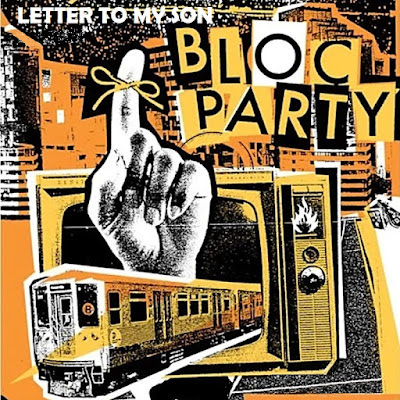1968 was a pivotal year for Pink Floyd. Syd Barrett had become increasingly unpredictable during the band's 1967 tour, and by the end of the year the band had added guitarist David Gilmour as the fifth member. Gilmour already knew Barrett, having studied with him at Cambridge Tech in the early 1960's, and the two had performed at lunchtimes together with guitars and harmonicas, and later hitch-hiked and busked their way around the south of France. In January 1968, Blackhill Enterprises announced Gilmour as the band's newest member, intending to continue with Barrett as a non-performing songwriter. The plan was that Barrett would write additional hit singles to follow up 'Arnold Layne' and 'See Emily Play', but in a pique of frustration at the situation he instead introduced 'Have You Got It Yet?' to the band, intentionally changing the structure on each performance so as to make the song impossible to follow and learn. Working with Barrett eventually proved too difficult, and matters came to a conclusion in January, while en route to a performance in Southampton, when a band member asked if they should collect Barrett, and according to Gilmour, the answer was "Nah, let's not bother", signalling the end of Barrett's tenure with Pink Floyd. After Barrett's departure, the burden of lyrical composition and creative direction fell mostly on Roger Waters, and while playing on the university circuit, they avoided Barrett songs in favour of Waters' and Richard Wright's material such as 'It Would Be So Nice' and 'Careful with That Axe, Eugene'. In 1968, Pink Floyd returned to Abbey Road Studios to record their second album, 'A Saucerful Of Secrets', which included Barrett's final contribution to their discography with his 'Jugband Blues' closing the record. Waters began to develop his own songwriting, contributing 'Set The Controls For The Heart Of The Sun', 'Let There Be More Light' and 'Corporal Clegg', while Wright composed 'See-Saw' and 'Remember A Day'. Released in June 1968, the album featured a psychedelic cover designed by Storm Thorgerson and Aubrey Powell of Hipgnosis, and it peaked at number 9, spending 11 weeks on the UK album chart. In December of that year, they released 'Point Me At The Sky' as a single, but it was no more successful than the two singles they had released since 'See Emily Play', with neither 1967's 'Apples And Oranges' or 1968's 'It Would Be So Nice' making any impression on the charts, while Barrett's 'Scream Thy Last Scream' was abandoned completely as a single after recording finished in January 1968. Despite the moderate success of the album, it paved the way for a change in direction, from the psychedelic pop of 'See Emily Play', 'Arnold Layne', and the 'Piper At The Gates Of Dawn' album into a much darker, more cosmic entity, with spacey tracks like 'Set The Controls For The Heart Of The Sun' foreshadowing what was to come from them in the next few years. Because this was a transitional time for the band, the music that they produced in 1968 has been picked apart by numerous bands over the years, and covered on albums, single b-sides and tribute albums, and so I've collected the best of them as an alternate overview of a significant year in the life of Pink Floyd.
01 Remember A Day - Crystal Jacqueline And The Honey Pot
02 It Would Be So Nice - Captain Sensible
03 Let There Be More Light - Flying Circus
04 Careful With That Axe, Eugene - Vespero
05 Point Me At The Sky - Mandra Gora Lightshow Society
06 Julia Dream - Us And Them
07 Corporal Clegg - Samarin, Morgan And Hull Llp
08 Scream Thy Last Scream - The Green Telescopes
09 Jugband Blues (If The Sun Don't Shine) - Opal
10 Set The Controls For The Heart Of The Sun - Psychic TV













